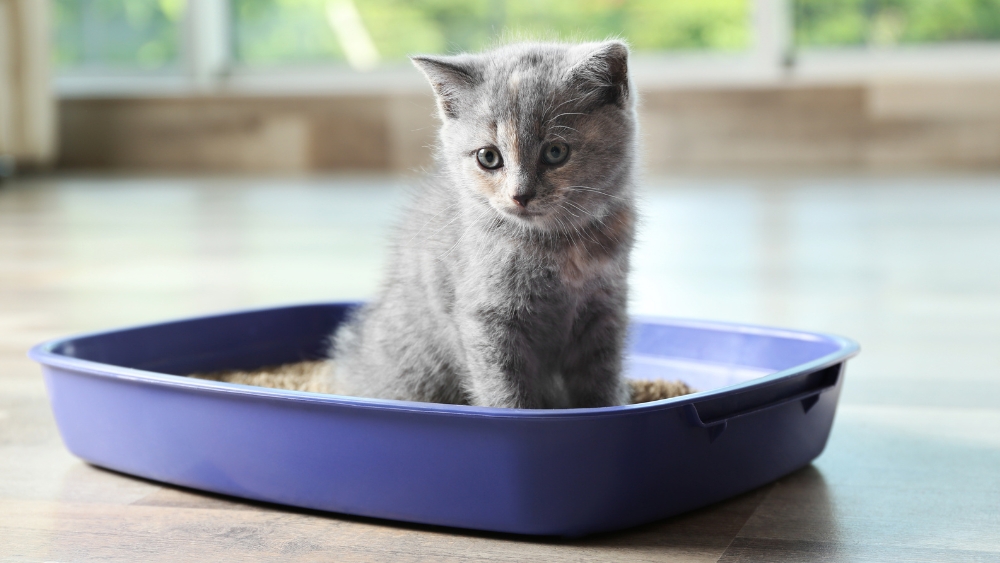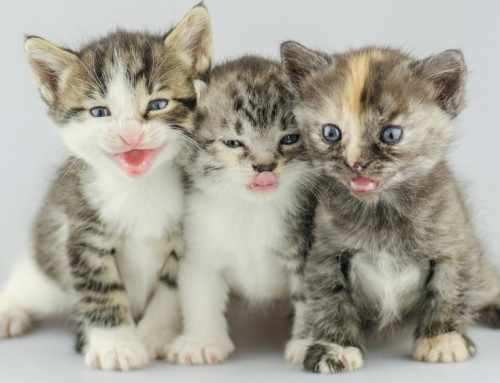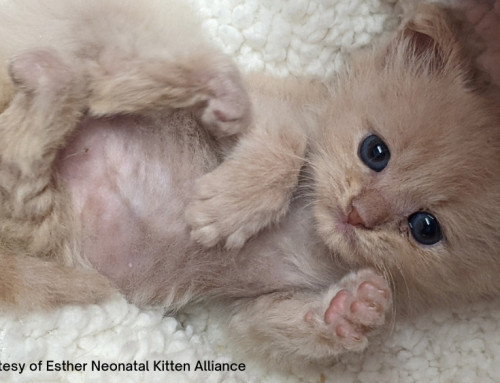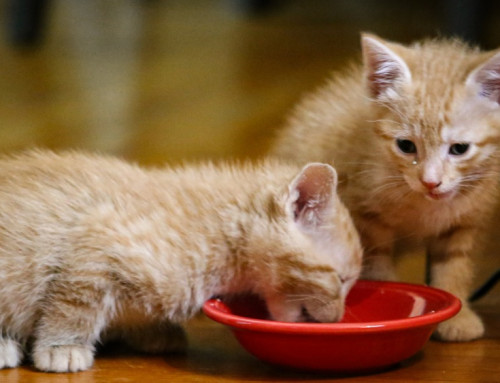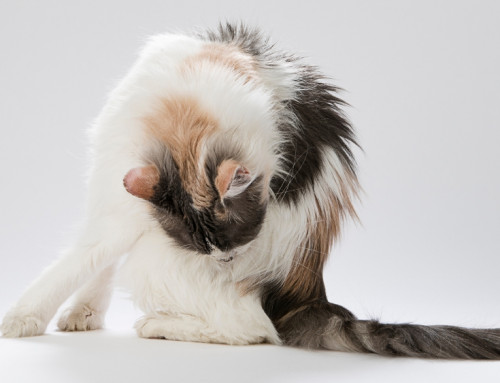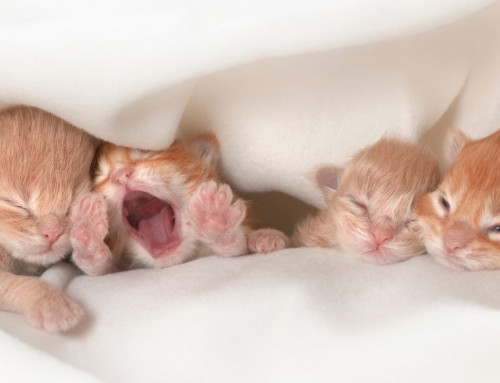Share this resource or email it to a friend!
Poop, poo, stool, feces and bowel movement are some of the words that describe what kittens deposit, hopefully, in the litter box: solid bodily waste discharged from the large intestine through the anus during defecation.
Kitten stool is a highly useful indicator of an individual’s health. However, kittens can’t defecate (poop) or urinate (pee) before they’re about 3 weeks old without mom cat licking their genitals to stimulate them. Since mom cat ingests their poop and pee to keep her kittens and the nest clean, you’re unlikely to see their waste.
If you’re fostering orphan bottle baby kittens under 4 weeks of age, you’ll need to stimulate them to urinate and defecate – what? – by holding the kitten with your palm and fingers on their underside and your thumb over their back. Do NOT place them on their backs! Use a soft cloth tissue or fragrance- and bleach-free wet wipe to gently stimulate the anus and genitals.
Kittens should be stimulated and urinate each time you feed; they’ll only defecate once a day on average. After they defecate and urinate, gently dry their bottom with another soft cloth to prevent sores or infections from developing.
Healthy kitten feces should be pale-medium brown and well formed; urine should be the color of lemonade. Bottle baby feces should be a toothpaste consistency and may have a slight yellow tinge depending on what kitten milk replacer formula you are feeding them.
Take a good look at the consistency and color of the urine and feces on the cloth or wipe. Dark urine indicates dehydration, which can be caused by watery stool known as diarrhea. Dehydration can be life threatening in bottle babies and requires immediate treatment. Snap a photo of unusual feces or urine to show to your veterinarian.
Kittens can be introduced to a low-sided litter box when they are about three weeks of age. It’s normal for them to cry during the first days that they’re defecating on their own in litter in a box. It’s a new, possibly scary experience. When it comes to understanding the rainbow colors and consistencies of kitten feces, The National Kitten Coalition’s Fast Facts Kitten Stool Chart is a great tool.
What goes in must come out. Pay close attention to feces and urine because they are important clues to the health of kittens. Your immediate actions could save a kitten’s life.

